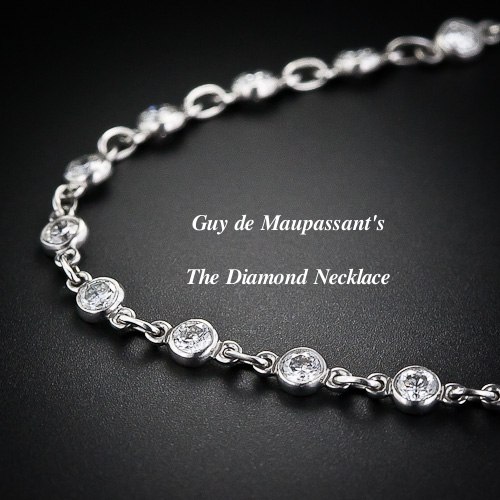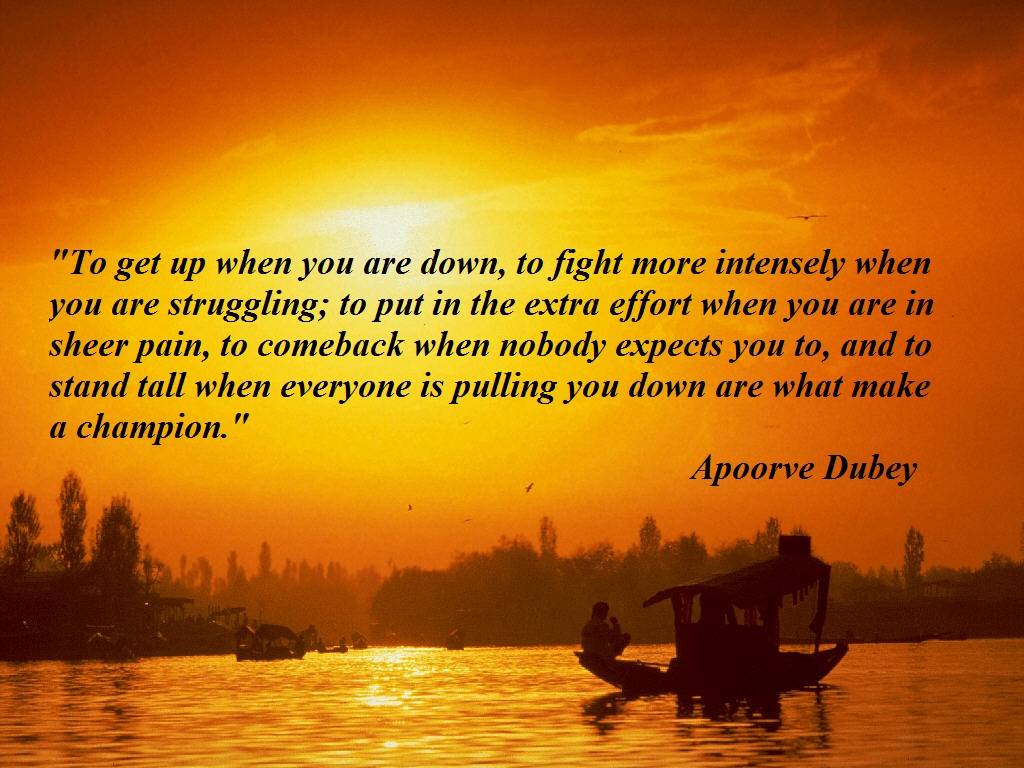- Written by Hemadarshini ENG
- Hits: 39423
INSPIRE '13- A REPORT
INSPIRE '13
Innovation in Science Pursuit for Inspired Research (INSPIRE-2013), a special 5-day training camp on Science and Technology, was organized at Vickram College of Engineering. The programme was arranged exclusively for students of plus one category between 23 July and 27 July 2013. Scientists from IIT, Chennai; Bhatnagar awardees, delegates from Indian Institute of Sciences and Central Universities graced the function on these days with lectures and interactions with the participants. A report of INSPIRE event is provided below:
The inauguration ceremony began with the welcome address given by Mrs. N. Kavitha, Coordinator, INSPIRE, and Head, Dept. of Physics. On welcoming, Mrs. Kavitha touched upon the necessity for today's students to be aware of emerging trends in science and technology. Er. M.K.S. Sreenivasan, Chairman, Vickram Group of Institutions, in his presidential address expressed his gladness towards conductance of events such as “INSPIRE” which holds a direct and deep impact on the students’ community. He further added that the college never fails to take any measures that benefits students at large. As a part of the programme, all students were given individual kits and INSPIRE T-shirts.
Following the inauguration, technical sessions began with Dr. P.K. Manoharan's (Head, Radio Astronomy Centre, NCRA-TIFR) talk. Dr. Manoharan, screened “Journey from the earth to sun” to explain the formation of creation and surprised the crowd saying that we originated from the DNA of an ancient South African woman. He touched upon manmade satellites; origin of planets; eclipses; solar storm, which is a mass injection from the sun; and Milky Way and its family. Sharing his experience, he said, “Ooty Radio Telescope (Radio Astronomy Centre) stands as one of the largest radio telescope in the world.” Also he drew the applications of GMRT: Giant Meter Wave Radio Telescope that expands over 25 km area in Pune, India. He persuaded students to question—“hard questions can make great science”, he added.
The noon session was handled by Dr. P. Richard Rajkumar from The American College, Madurai, on “Eddy Current” and “Thin Film Physics.” By defining Eddy current as something that generates both heat as well as electromagnetic forces, Dr. Rajkumar briefed on induced emf, conduction, and radiation. He further elucidated more on the working of Eddy current—both in heating and induction; wherein the latter, heating is generated directly to the food. The thin film concept was then explained and its applications were listed: in optics as antireflection coating on lenses, solar cells, CD’s, DVD’s etc.; in mechanics as adhesive powder; as a scratch proof element (wrist watches) by using titanium nitride—a chemical that does not undergo oxidation. Finally he threw light on the scopes available for various technologies like antireflection, antistatic, hydrophobic, and nano technology.
The second day commenced with the presentation of Mr. Suraish Kumar from, IIT, Chennai. The talk started with an overview of biology and motivation for the students to aspire to work in places like BIO-Biotechnology Industry Organization—one of the world’s largest biotechnology organizations. Mr. Kumar provided some insight into possible future market technology which is in high demand and provides key industry opportunities. Also that in the late 20 and the 21st century, biotechnology has expanded to include new and diverse sciences such as genomics, applied immunology, and development of pharmaceutical therapies and diagnostic tests. By pointing at Australia, a home to around 470 biotechnology companies, Mr. Kumar requested the students to make use of wide opportunities laid before them.
The afternoon session was taken over by Dr. R. Rajaram, Dean, Dept. of CSE, Vickram College of Engineering. His giving on “science” traced the roots of inspiration to scientists, and regarded teachers and mentors as the prime factor of inspiration. Dr. Rajaram called science as a body of knowledge that can be “rationally explained and reliably applied”; and that it is closely linked to philosophy and both are used interchangeably. By drawing out the science tree imagery, he dwelt on the scale of universe, branches and hierarchy of science. The nature of our earth, the solar system, Milky Way, the galaxy, human evolution, structure of cell, function of atoms, study of sciences and its varied branches were all a part of themes put into discussion. Dr. Rajaram reiterated and urged the students to take up studies seriously and read biographies of eminent personalities to rise to great heights. Following him, Dr. A. Elangovan of KLN College of Information Technology covered several questions like “Can black hole value be determined?” “Can proton be decayed?” “Why time dimension is different from the other dimension?” He further substantiated on the subject of life in the solar system apart from the existing ones. The origin of Arithmetic and Physics were put into an open chat kindling interest among students.
On 26 July ’13, Dr. K.P. Sanjayan, GS Gill Research Institute, Guru Nanak College, Chennai, addressed on Biological Molecules and Success of Life.” In his talk, Dr. Sanjayan divided the origin of life into three: spiritual, chance, and complex/chemical reactions. He expounded on DNA, RNA, photosynthesis reaction, replication of life, and showed the research scope available in them. Genetically modified plants—whose life can be increased through application of biotechnology was the hot topic of analysis. Dr. K. Ramesh Kumar, Rajah Serfoji College, Tanjore, attended to “Life Sciences” at the noon. He initiated his lecture by referring to Biology and Society—both affecting life in varied ways. Dr. Ramesh Kumar observed interdependence in all organisms as he distinguished between the sexual and asexual reproduction. Furthermore he best suggested on the possibility of using spider silk as an alternative to silk worm to weave silk from its web.
The final day of INSPIRE, 27 July ’13, had “Constructions with Ruler and Scales” by Dr. K.N. Raghavan, The Institute of Mathematical Sciences, Chennai. He reflected on Gauss’ idea and outlined if regular polygon be constructed in detail. He proposed a series of questions: “What can be drawn from two points?” When many replied only a straight line is possible, Dr. Raghavan described that by basically joining those two points with a line, we can also form infinite number of lines, circles, and geometric shapes—thereby generating more points. Later, he touched on n-gons, and further explicated if regular n-gons are constructible or not. A set of exercise were also practiced in the work out session before students broke for lunch. Being the final speaker at the post lunch session, Dr. Arivoli, Dept of ECE, Vickram College of Engineering touched on “Evolution of Integrated Circuits.” He stated the strong role of circuits in recent applications and argued on its impacts over life. Above and beyond he advanced on the inputs required for the revised construction of smart laptops and computers. His session had more of queries on the rivalry amongst assorted inventions and its uniqueness that brings into play.
Further, as a step to motivate and pursue scientific research, a range of innovative, scientific films and documentaries were played. Also, a-one day science camp was set to visit District Science Centre at Tirunelveli on 25 July ’13. It added hue and value to the INSPIRE, by making it possible for the students to visually see facts of science in real. The Science Centre comprised of Mathematical Park—a place where few booth-like structures stood explaining the origin of numerals; Science Park—filled with working models of various experiments along with a bilingual (English & Tamil) self explanatory mechanism board; a separate block for space related sets; and a unique Planetarium with an integrated 3D show, and mirror miracles.
Mr. M.S.R. Vijay Shrenivas, Director of the host college had a special talk on “Renewable Energy: Solar” at the final day. He asserted on the distinction between solar on and off grid energy. The essentiality of solar plants is noteworthy as it is 100% pollution free, with no maintenance cost, and uninterrupted power supply for around 25 years; however, the installation demands high—7 - 8crore rupees for 1MW, he added. Besides the lecture, Mr. Vijay Shrenivas televised a clipping labeled “Autonomous Agile Air Robots” from TED collections. The clip demonstrated a mini air robot that changes orientation with built up momentum forming implausible actions which grabbed appreciation from the gathering.
The valedictory function had the distribution of certificates, photos clicked at the Science Centre, and an astounding planting of 100 saplings by the guest schools at the host grounds. The function enhanced with the presence of Mr. M.K. Vijay Shrenivas, Director; Dr. S. Kathirrvelu, Principal; Dr. S. Nagarajan, Vice Principal; Dr. V.C.S. Immanuel, Dean, I yr; and Mrs. N. Kavitha, Coordinator, INSPIRE 2013. As Mrs. Kavitha gave a review of the 5-day camp, Dr. Immanuel presented the vote of thanks extending to all who were a part and parcel of this show.


